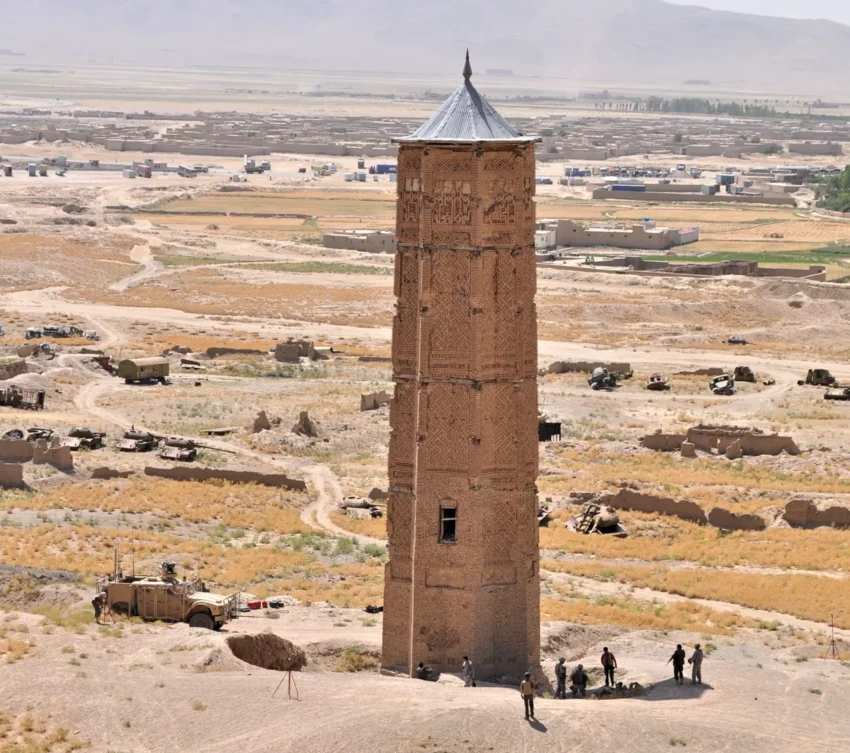Introduction to the Ghazni Minarets
The Ghazni Minarets are two intricately decorated towers located in Ghazni city, central Afghanistan. Constructed in the mid-12th century, they are the only surviving elements of the mosque of Bahram Shah. The minarets stand 600 meters apart in an open plain northeast of Ghazni city.
Get your dose of History via Email
Architectural Details
Original and Current Heights
In the 19th century, the minarets reached a height of 44 meters. However, an earthquake in 1902 caused the top halves to crumble, reducing their height to approximately 20 meters. Both minarets are now about 20 meters tall and constructed from fired mud brick.
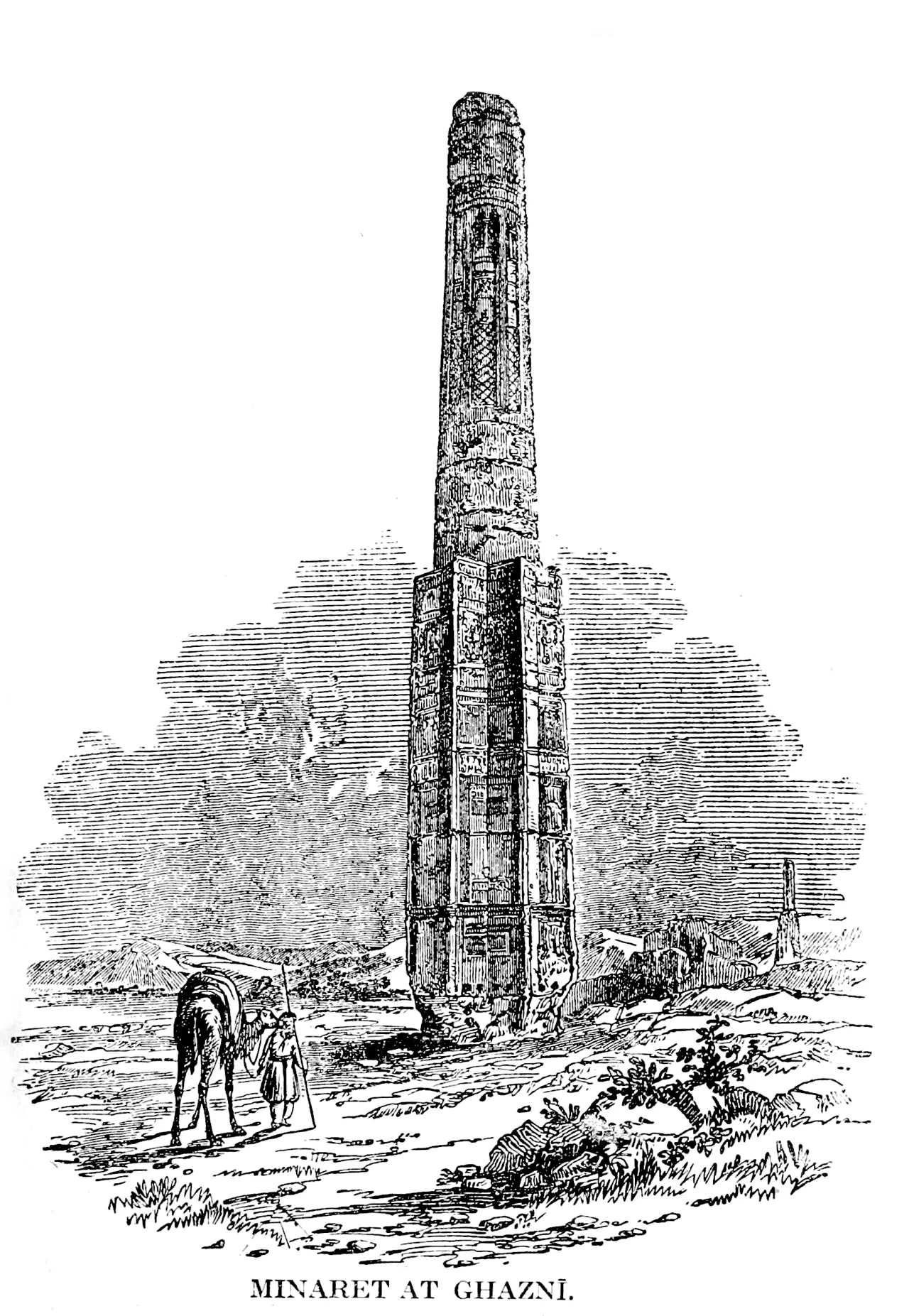
Decorative Elements
The towers’ surfaces are adorned with intricate geometric patterns and Quranic verses on elaborate terracotta tiles. In the 1960s, sheet metal roofs were added to both towers as part of a limited preservation effort.
Historical Significance
The Ghaznavid Empire
The 12th-century minarets are among the last surviving remnants of the Ghaznavid Empire. Named after their builders, the Mas’ud III Minaret and the Bahram Shah Minaret, they were constructed by Mas’ud III (AD 1099–1115) and Bahram Shah (AD 1118–1157), respectively. The excavated palace of Mas’ud III lies nearby.
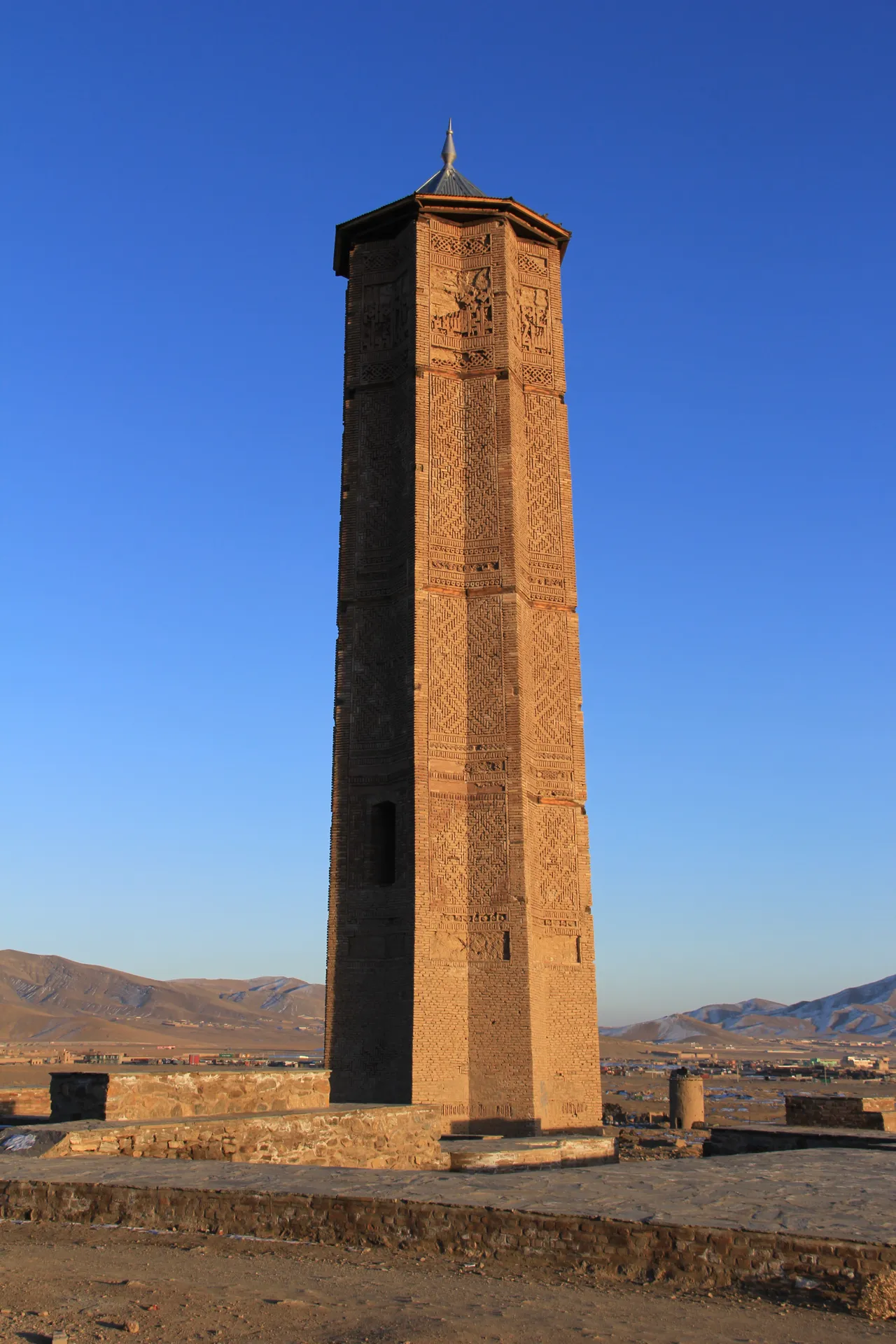
Threats to Preservation
Natural and Human Threats
The Ghazni Minarets face numerous threats, including natural elements and political instability. The towers lack basic security measures to prevent vandalism and require new roofing to prevent water infiltration. The intricate geometric patterns and Quranic inscriptions are deteriorating rapidly due to exposure to rain and snow. Additionally, the nearby road and periodic flooding further threaten the structures.
Mas’ud III Minaret
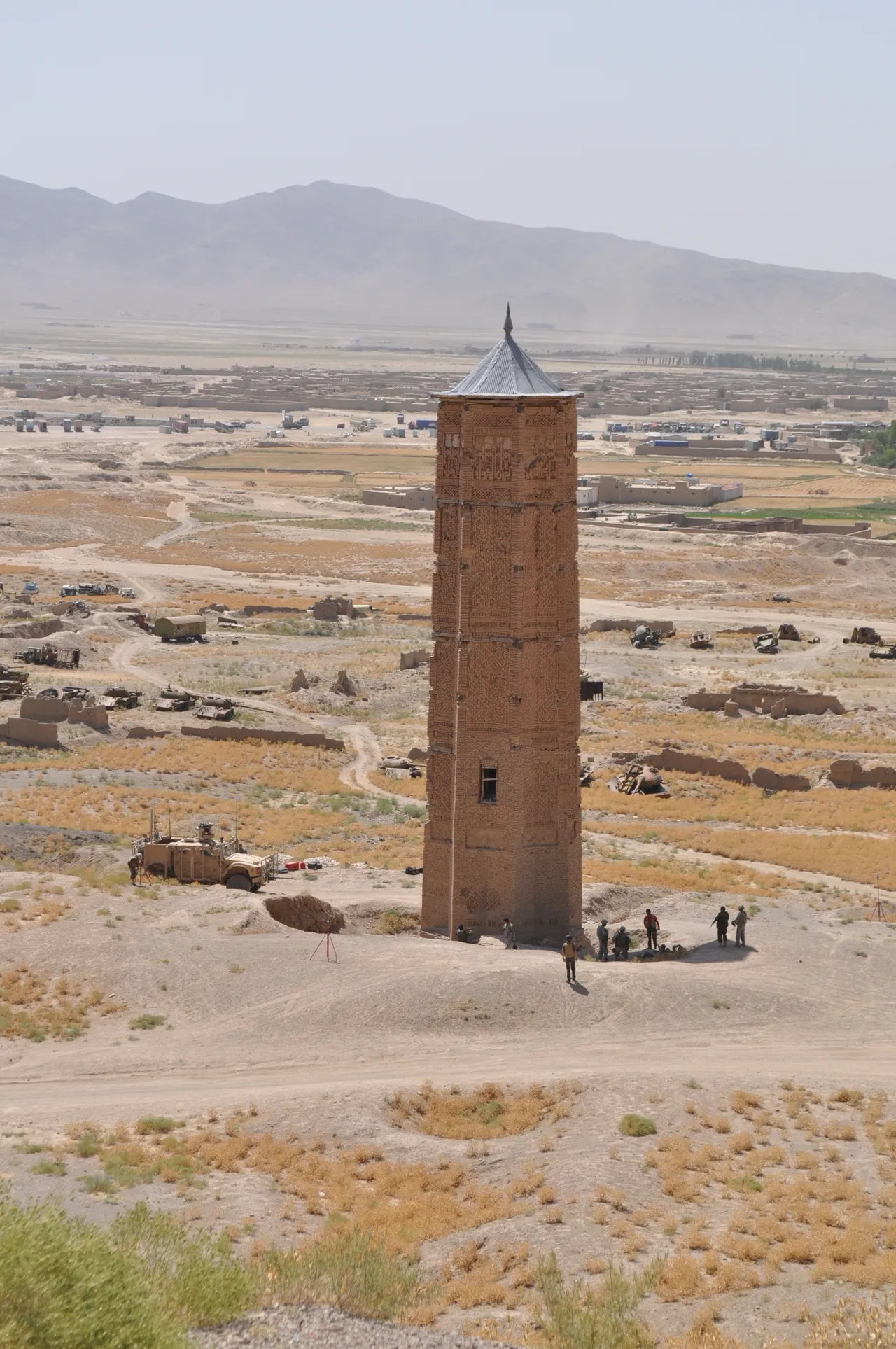
Architectural Complexity
Mas’ud III’s minaret is stylistically more complex than Bahram Shah’s. It employs a larger variety of decorative techniques. The top half of this minaret collapsed in the 1902 earthquake.
Bahram Shah Minaret
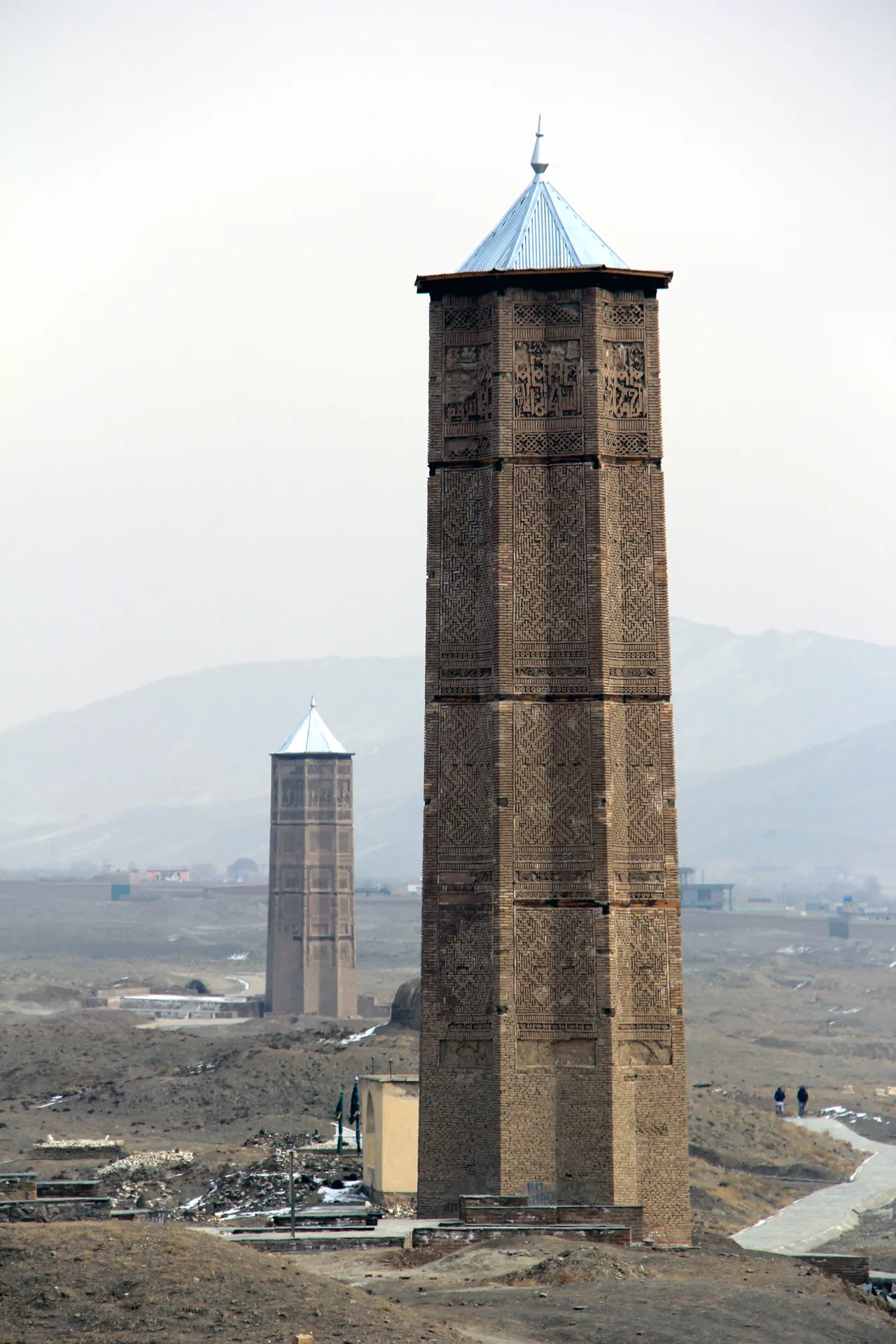
Design and Inspiration
Bahram Shah’s minaret, inspired by his father’s, was built a few decades later. It originally stood over 44 meters tall until the 1902 earthquake reduced its height. This minaret is stylistically simpler compared to Mas’ud III’s.
Conclusion
The Ghazni Minarets are significant historical monuments that offer a glimpse into the architectural and cultural heritage of the Ghaznavid Empire. However, they face numerous threats that require immediate attention to ensure their preservation for future generations.
Sources: Wikipedia

